by Elana Hagler
I previously interviewed Jordan Wolfson for Painting Perceptions in 2012. Recently, I have taken notice of a new online educational project he is about to launch (starting January 14th, 2020). Rather than focusing on skill-development, this program tackles the big questions of how we exist as painters in this quickly-changing world in a way that is meaningful, authentic, and powerful. To learn more, I asked Jordan a few questions about Tapistry.
Elana Hagler: How did this idea arise? And can you tell us a little about the name Tapistry?
Jordan Wolfson: The idea of the Tapistry came about through ongoing experiences and thoughts I’ve been having for some years now. One aspect of my experience has had to do with an exploration of the deeper nature of painting. What is a painting, really? I get that it is a two-dimensional hand-made image, but is that all? I mean, it seems to me that when a painting really works there’s an enormous impact of power, of energy – that something invisible seems to be occurring, beyond its two-dimensional, material form. And I think we all know this. It is part of the allure and gravity and gorgeousness of painting as a creative vehicle. So, if it’s not just an object of an image, of a picture, then what is it? And how does it function? For some time now I’ve been thinking about the experience of painting as a physical embodiment of energetic presence. So, how does that work? And what does it mean as a maker to be engaged in that activity? And what does it mean for the viewer to receive such an object and energy? I believe that all human-made objects share this possibility of energetic transmission, but I’m a painter. I am fascinated by painting and the way the two-dimensional and three-dimensional aspects get integrated and feed each other in painting. Also, I’d like to add that I don’t think of this energetic exchange as something necessarily ‘spiritual’ – the truth is I’m not sure what the category of ‘spiritual’ really means – but I do think of this energetic experience as inherently involved with life-force and presence. So, then the whole thing leads me to ask if there is a way to reframe, to recontextualize, what a painting is in such a way as to open up the possibilities of the experience of making and looking at painting that engages this energetic aspect. And is there a way to help facilitate the imbuing of presence into form, making the painting more vibrant and powerful? What would that look like? What would exercises intending to do that look like? And that’s really the emphasis of Part One: Journeying, the set of weekly webinars.
And I think these questions go together with thoughts I’ve been having as well about the changing structure of the art world and art market and gallery world. So, I’ve been mulling over what and how such a form could work — to try to come together as painters, and to engage together in the endeavor of painting, making painting, receiving painting. That’s how I began to put together the form of the Tapistry.
Aside from the more personal investigation of my work as a painter, I’ve also been thinking about the changing structure of the artworld. Some of that has come through my own experiences, of course, through interactions with the gallery world, collectors and all of that. And some of my thinking has come about through reading and talking with people. This is more of an anthropological, sociological, economic inquiry – trying to get a handle on what’s going on here. It’s certainly quite radically different from the imagined halcyon days of the Abstract Expressionist movement in the 1950s. And what I’ve been mulling over relates to a sense of not finding a supportive structure in our world for what I’m trying to do, and what we’re all doing really, as painters. There is a growing sense that something is missing, and what we do find as a means of sharing and distribution, the gallery and museum structure, seems to often miss the truth of the power of painting. What we’ve got today is very limited in a number of very real ways. First of all, of course, as we all know there’s not enough exposure for so many really great painters. The gallery world is limited. And it needs to be for the economic functioning of the gallery world. There needs to be scarcity of exposure, a scarcity of slots available for painters. That’s what keeps the painter that does have exposure special and that’s what keeps the paintings expensive. That’s the way it needs to function. I get it. That’s part of the trade-off of having the means of distribution for painting be inseparable from a market economy. Of course, it wasn’t always like this. But this is what has developed since the eighteenth century. The rise of the cultural category of “Fine Arts” and the rise of a market economy really came about together. I’m not talking about the making of painting – the activity of hand-made image making — I’m talking about a cultural category and what we’ve come to think of as the art of painting. And how we think of ourselves as artists. So, I’ve been looking around and seeing that, as our world is going through enormous changes due in large part to globalization, technological developments, and climate change. Not only is it a frustrating situation for individual artists, but the gallery structure itself is having difficulty maintaining itself. We see that in really very good galleries that are having a hell of a time staying above water. And when we look at how things are changing all over the place, globally, it makes sense that the art world would also be changing, and having a difficult time figuring out a sustainable structure. So, I’ve been wondering what can we do as makers to provide a structure together that would give us a sense of communal meaning, communal sharing and distribution – and a distribution that could include others, not just a kind of expanded painters’ club. I’ve been wondering about what times were like in the past before the gallery structure. What was it like when we had a more close-knit sense of community, when we lived locally and communally? And what that might look like for us now. Given all of the changes that seem to be coming upon us in the very near future, I think a lot about what it means to be local. That first began for me reading Bill McKibben’s book Eaarth, some years ago, where he writes about how things might develop for us, if all goes well, by creating more local community. Also, I recently read a book entitled Local is Our Future by Helena Norberg-Hodge, and there’s something about that shift that feels right to me, healthy in a cultural way. Something like that. I mean, sure, I’d love to show in a big New York City gallery – have that large cultural impact and footprint – but there’s something about the true power of painting that calls for an intimacy and heartfelt honesty that our current structure doesn’t seem to know, really, how to support.
So, getting back to your question: my impetus for creating the Tapistry has really come from two realms – one the larger, cultural worldview, and one the more intimate, deeply experiential, energetic realm. I’ve been thinking about how to empower our work and how to share our engagement as painters with each other and others, and how to secure our sense of shared meaning and purpose. When our sense of the worth of our work is dependent on a culture that understands value primarily through financial measures and if we aren’t selling our work much, it’s easy to feel despondent or dismissive of our work. And even if we know that that isn’t really the truest way of evaluating the work, pushing back against that and reasserting our belief and conviction in our work becomes a daily grind. So how can we create a structure that supports digging in deeply into our own work, empowering the work more fully, and creates a shared alternative that maintains a reliable sense of meaning for painting, whether it is sold or not? What would that look like? Because the cave paintings never had a price list or red dots.
The name Tapistry came about through thinking about painting as an energetic weave. An energetic weave from the maker to the receiver. That somehow there is a weave of life-force and life energy. And the stronger and more profound the painting the bigger, stronger and wide-ranging the weave. Think about how many people have been affected by a Rembrandt self-portrait! That’s a pretty big energetic weave! But not only is there a weave between the maker and the receiver; there is a weave between us makers with each other. This is especially true when you think about our influences and our experiences and the great history and lineage of painting, and now the unprecedented access we have. We have instant access to not just Western painting, but Global image-making in the past and present. It’s a pretty far-out sense of human activity trying to take all that in. And that why I’m also interested in the aspect of Gifting in Part Two of the Tapistry. Because the gift, and gifting, is really another way of describing an energetic weave.
EH: You see our culture and civilization as having hit a crossroads about to tumble towards a rather uncertain future. Can you give us a sense of how we got here and what possible futures might look like?
JW: It seems to me, and here I agree with the basic way of describing it by Charles Eisenstein, the environmental sacred activist, that we’ve been living in a culture and civilization, for thousands of years now, with a Story of Separation. We see ourselves as disconnected from each other and from the earth. We believe we are inherently separate individuals and entities. And of course, there are differences between us – it’s not all an undifferentiated mush, but fundamentally we actually do share our Being, and are inseparable from the earth. And this distortion of our sense of ourselves has led to a phenomenal breakdown in our civilization. And it’s not clear at all where we are going from here. Whether what is occurring will be a magnificent wake-up call for humanity to choose to mature and understand that we are all in this together, or whether the disparity and inequity will move into even further insane proportions. We are very quickly moving up right against that edge. And it is really not clear if there are enough people who are ready to move into a new way of being together on the planet. So, it’s going to be a very interesting century. We have the possibility of moving into a deeper more beautiful way of living together, in Eisenstein’s language — which is from Thich Nhat Hanh, the Buddhist monk — we can enter a Story of Interbeing. And I believe that painting has a role to play in that — art has a role to play in that. Because, in a very real sense, the experience of painting reveals the porousness of our ongoing, apparently subjective experience and being – that I get some kind of energetic hit off of a painting that someone else makes – what is that? How is that even possible if we’re truly separate beings? And, as painters, we can lean into the understanding of painting as functioning there in an energetic weave, revealing our inherent interbeing. This is what painting does, this is its nature. So, the deeper experience of the nature of painting can help awaken our sense of interconnectedness, of shared being, in this all together.
EH: Who is the ideal participant in the Tapistry?
JW: I think there’s a range of potential participants who would be ideal. On the one hand, it can be someone who has been developing as a painter and is looking for a way of deepening their practice: to bring more juice, more life force, more power into their work. And they’d like to do that in a shared journey with other painters who are similarly engaged. These folks have their foundational skills and want to go deeper. And that is what the first part of the Tapistry addresses very directly – the set of eight webinars. These get into how to get more presence into the work, what does that entail, how does that work. So, definitely it’s intended for these painters. But it might also be for someone who might already consider themselves as a professional painter and they’re not necessarily looking to change their way of working — although it’s always interesting to explore and try stuff out and it adds to our way. But more or less the painter knows where they live as a painter. But they are interested in exploring some of the deeper aspects or realms of the nature of painting itself. What is this that we are doing as painters? It’s not just about making a strong painting, but how does a strong painting function, what is it actually doing, energetically? So, I think there is a place for a more professional painter in this as well. That is certainly my hope. And also, I believe there is a place for someone who’s really beginning a journey in painting but has a strong sense of life-force, you might call it a spiritual sense, of our interconnection, and is looking to explore that in paint. I think there is a place for that person as well. So, there may be a mix in terms of skill level but a shared sense of common engagement, a common journey.
EH: Can you tell us about the structure of the program?
JW: The structure of the program has three parts. The first part of the program, “Journeying,” is a series of eight weekly webinars, starting in January, where we will be exploring the aspect of presence in our painting. What is presence and how does it work? How do I get presence into my painting? I’ll be demonstrating various ways of working, drawing as well as painting, abstraction as well as representation, working quickly and slowly, analytically as well as more gesturally and intuitively, all within the context of presence and the larger concerns of the Tapistry. The aim is to locate, through the exercises: where do I resonate as a maker? What’s my temperament? What way, or ways, of working really light me up and help me feel deeply engaged? The webinars will be taped and archived, and available anytime afterwards if someone can’t make it to the live stream. There will also be a members-only Facebook page where people will be able to post their own engagements with the exercises, giving us a chance to share not just the images but the shared journey, the challenges and obstacles and achievements – to get feedback and suggestions and community. This first part, since it’s fully online, is open to a fairly unlimited number of participants globally.
The second part of the Tapistry is called “Integration and Gifting.” It will consist of a smaller number of participants, twelve, to keep it intimate. In part two, the participants work to integrate aspects from the exercises in part one, Journeying. Let’s say, maybe I really felt a groove with three of the exercises from the eight webinars –what would that look if I could integrate those three ways of working? And what if two of them seem to me to contradict each other?! So, I’ll be giving three webinars during this part and with each person I’ll be holding two individual Zoom calls – to help them figure out their way.
Also, in addition to the Integration there is the aspect of Gifting – gifting as a means weaving the creative energy and of catalyzing the energetic exchange between maker and receiver. Each of the twelve will gift someone else in the group, as well as someone outside the group – actually sending something made in the mail. And I’ll be sending each of the twelve a drawing from me – furthering the cycle of gifting.
And lastly, in part three, “Convergence,” we will come together and gather in Boulder, Colorado, in the beginning of May, to spend four days, sharing our work, engaging in further exercises, and exploring some of the thoughts and experiences that have hopefully come up during parts one and two.
So, that’s it in a nutshell. I’m excited. All new.
Link to more information about Tapistry.
Jordan Wolfson is a contemporary artist, born in 1960, and raised in Los Angeles. He received his MFA from Yale University School of Art in 1991. Wolfson has exhibited extensively both in the United States and abroad and has received numerous awards including the Pollock-Krasner Foundation Grant, the Ingram Merrill Foundation Grant and a Purchase Award from the American Academy of Arts and Letters; he was a fellow at the Fine Arts Work Center in Provincetown, MA and the Ballinglen Art Foundation in Ireland. His work has been exhibited by Hirschl and Adler Gallery, J. Cacciola Gallery and the DFN Gallery in New York City. Wolfson is currently represented by Prographica Gallery in Seattle, and Rothschild Fine Arts in Tel Aviv. He lives in Longmont, Colorado and has a studio in Boulder.

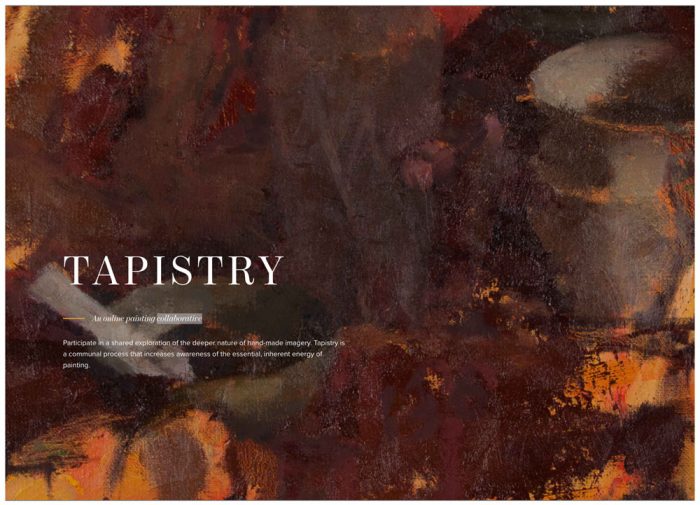

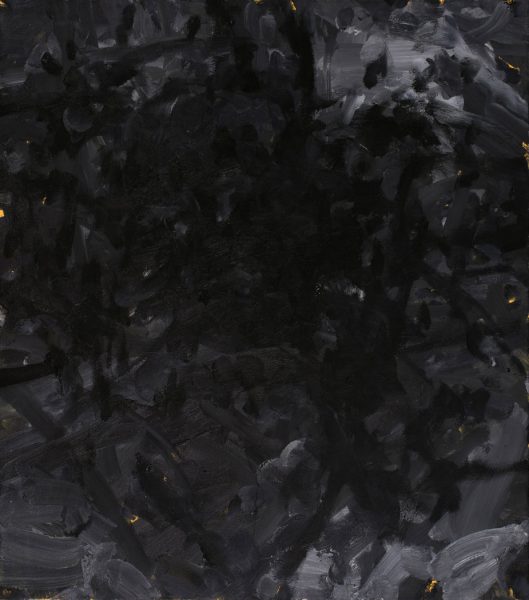
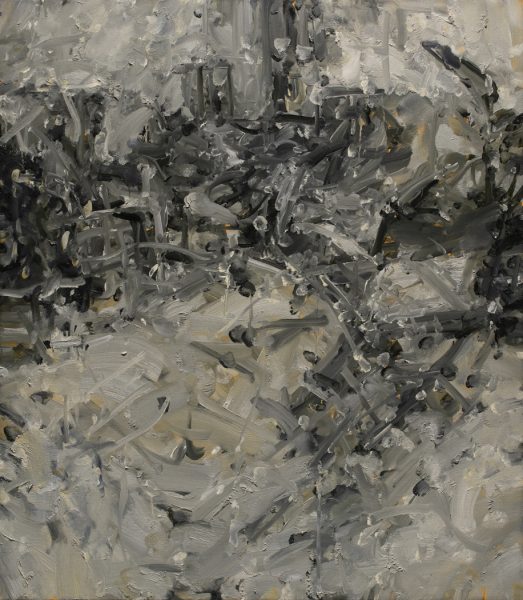
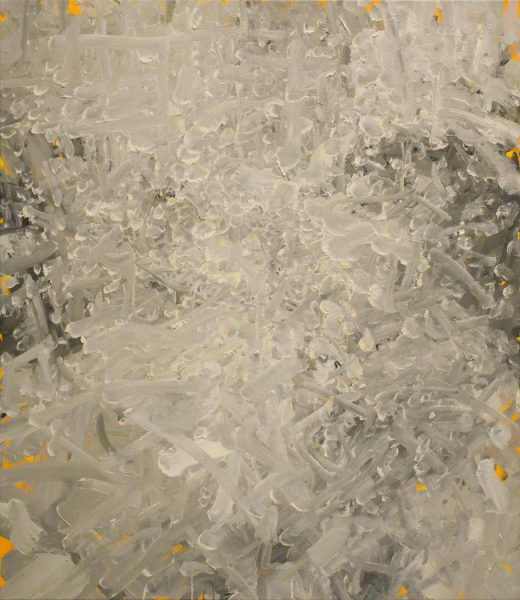
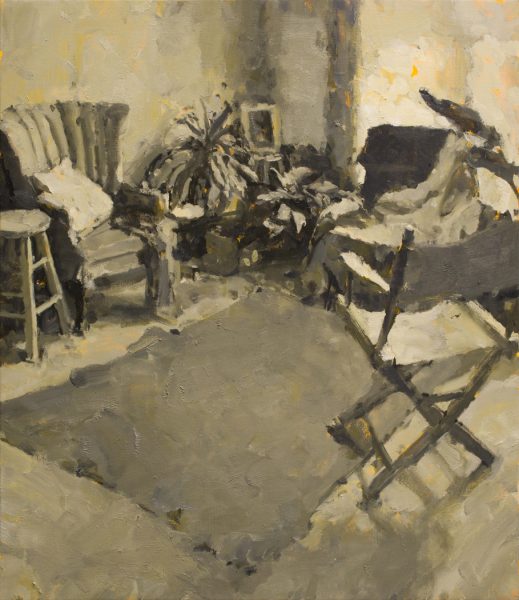




How will the large group participating in Part 1 be whittled down to 12? Troubling that we might invest our time, efforts, and feelings to it and then be told, “too bad for you.”
Hi Nea — thanks for your interest. There is no whittling down. People are just registering for Part One, Journeying — or for the whole Tapistry — Parts One, Two and Three.
Thank you. The person ho interviewed you perhaps could put a bracket in the interview where the way it now appears has you saying that the second part will be “more intimate” and will have a “smaller group of participants, twelve. I will figure out how to register for the other parts.
But that is correct — it will only have 12 participants and will be more intimate. Only it won’t be me choosing. When the registration is full for Part 2 and 3 it will be closed. If you go to the website it should be pretty clear. Just ema me through the website ic you have questions.
The Tapestry program is rich with possibilities. Wolfson is voicing the concerns of serious artists everywhere. I’d like to learn more about how to participate.
Hi Mary Jo. Thank you for your thoughts. There is a link to the website that gives more specifics and details of the logistics.
http://www.jordanwolfson.com/tapistry
Wolfson mentioned that he’s thinking quite a lot about “locality”… I am very curious how to actually create this tapestry thing locally as an alternative to the dislocation of a webonair.
Hi Denise — hopefully facilitating the webinar series won’t get in the way of developing local community but will help give people tools to strengthen their own communities. Thanks —